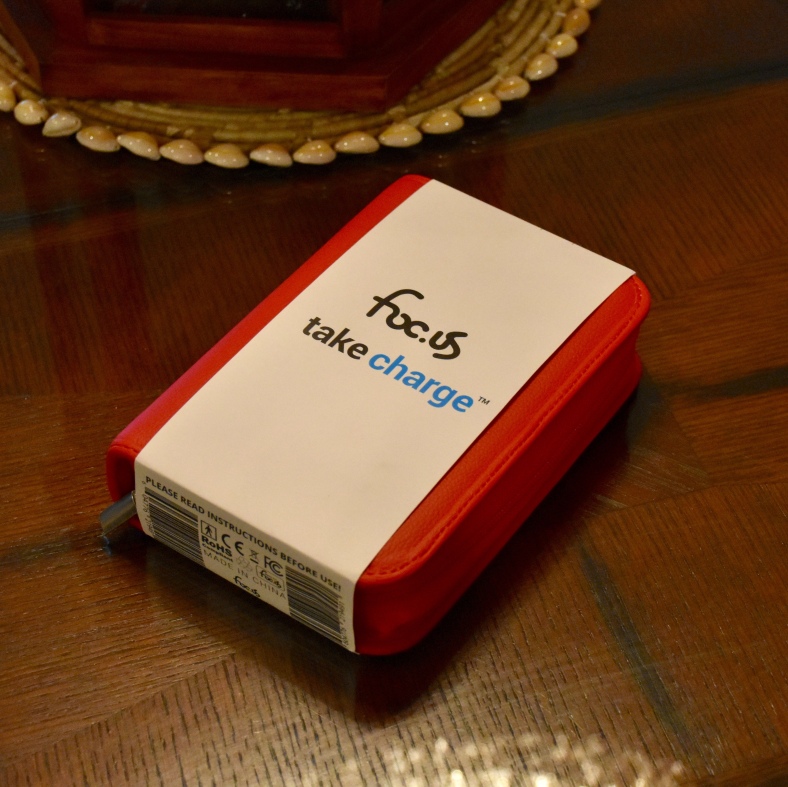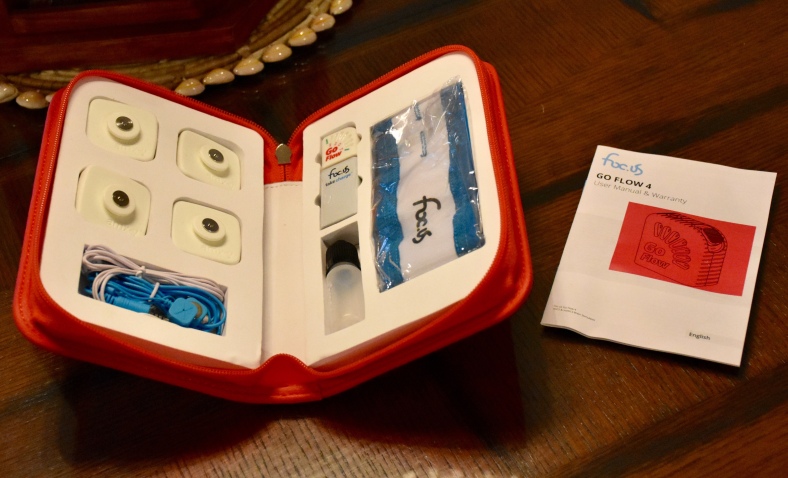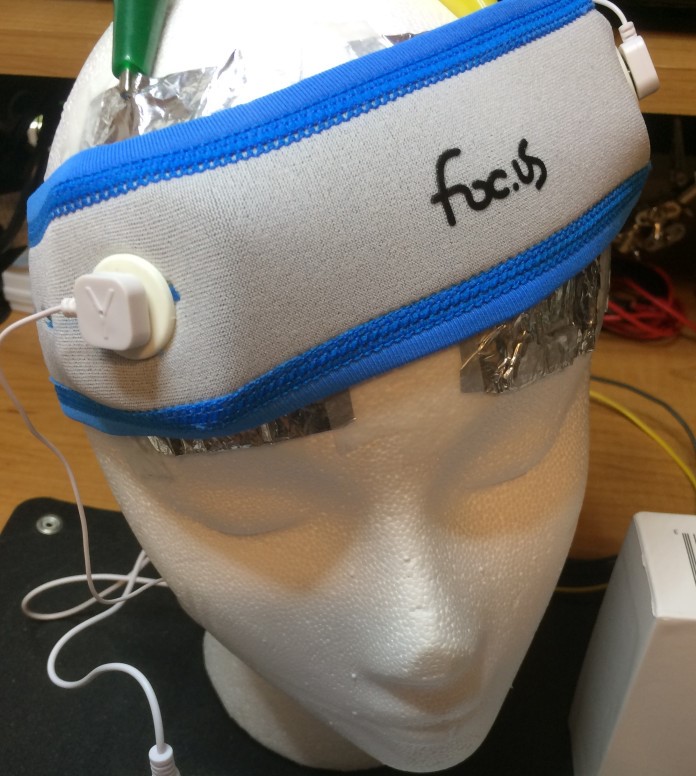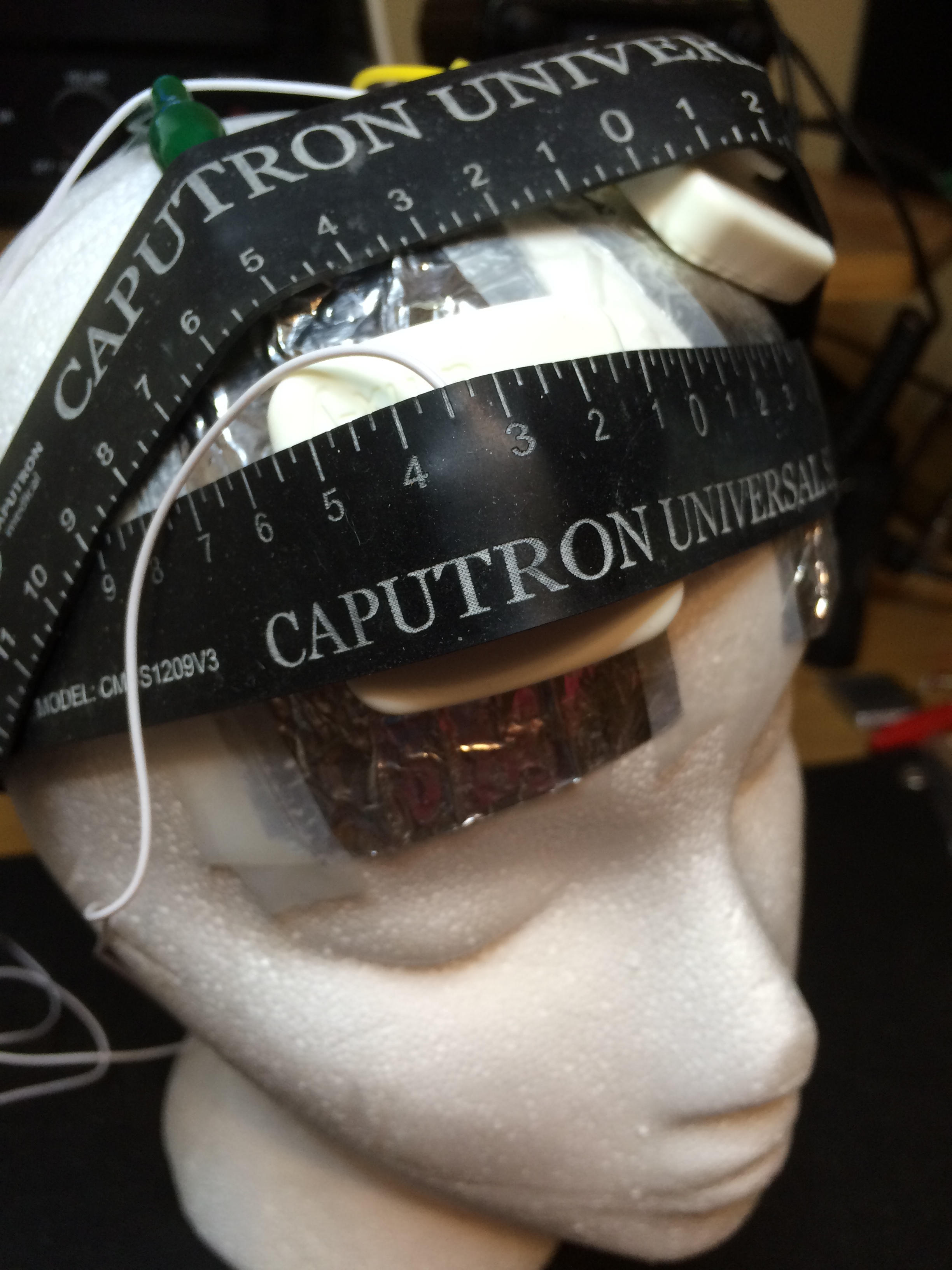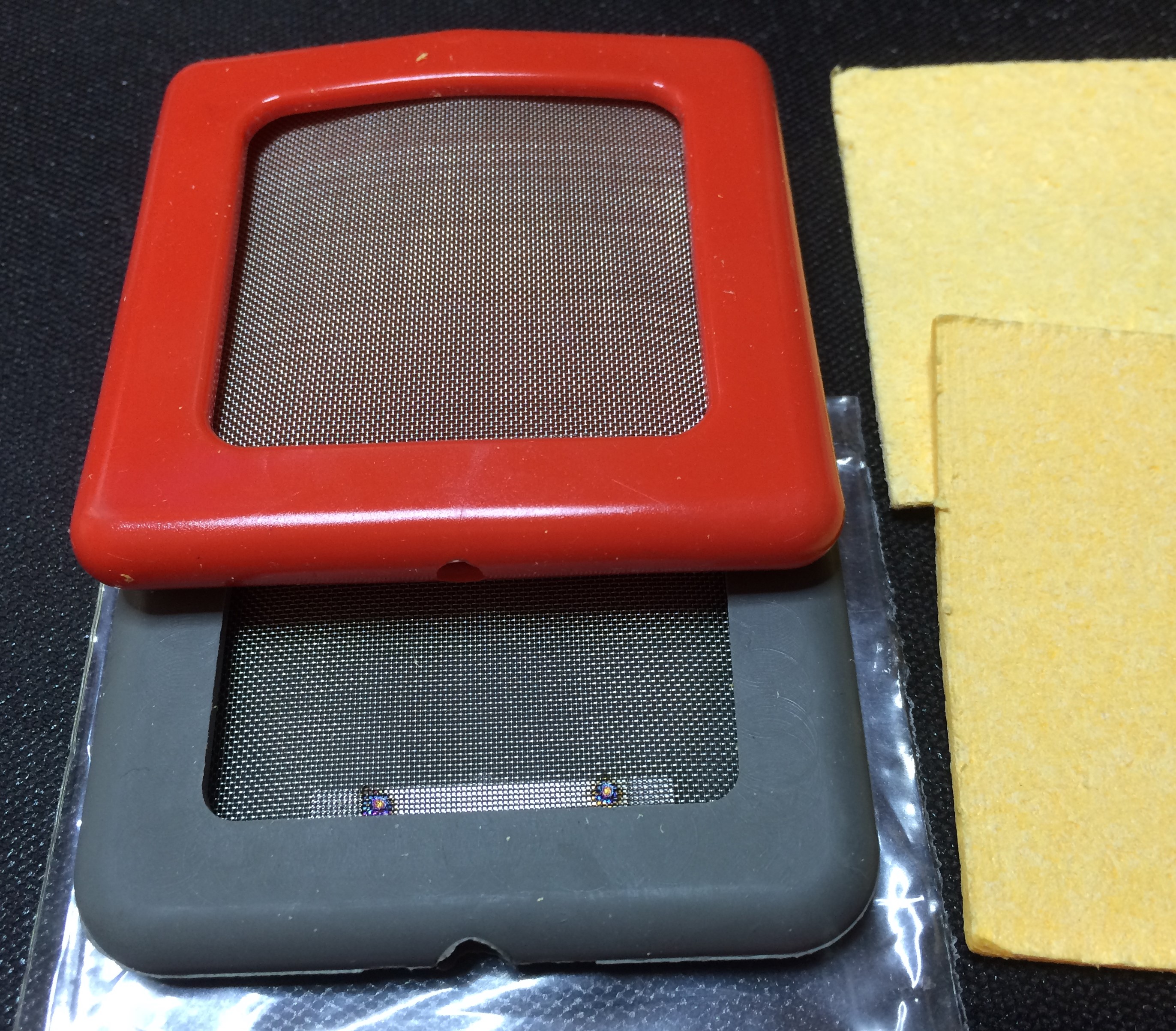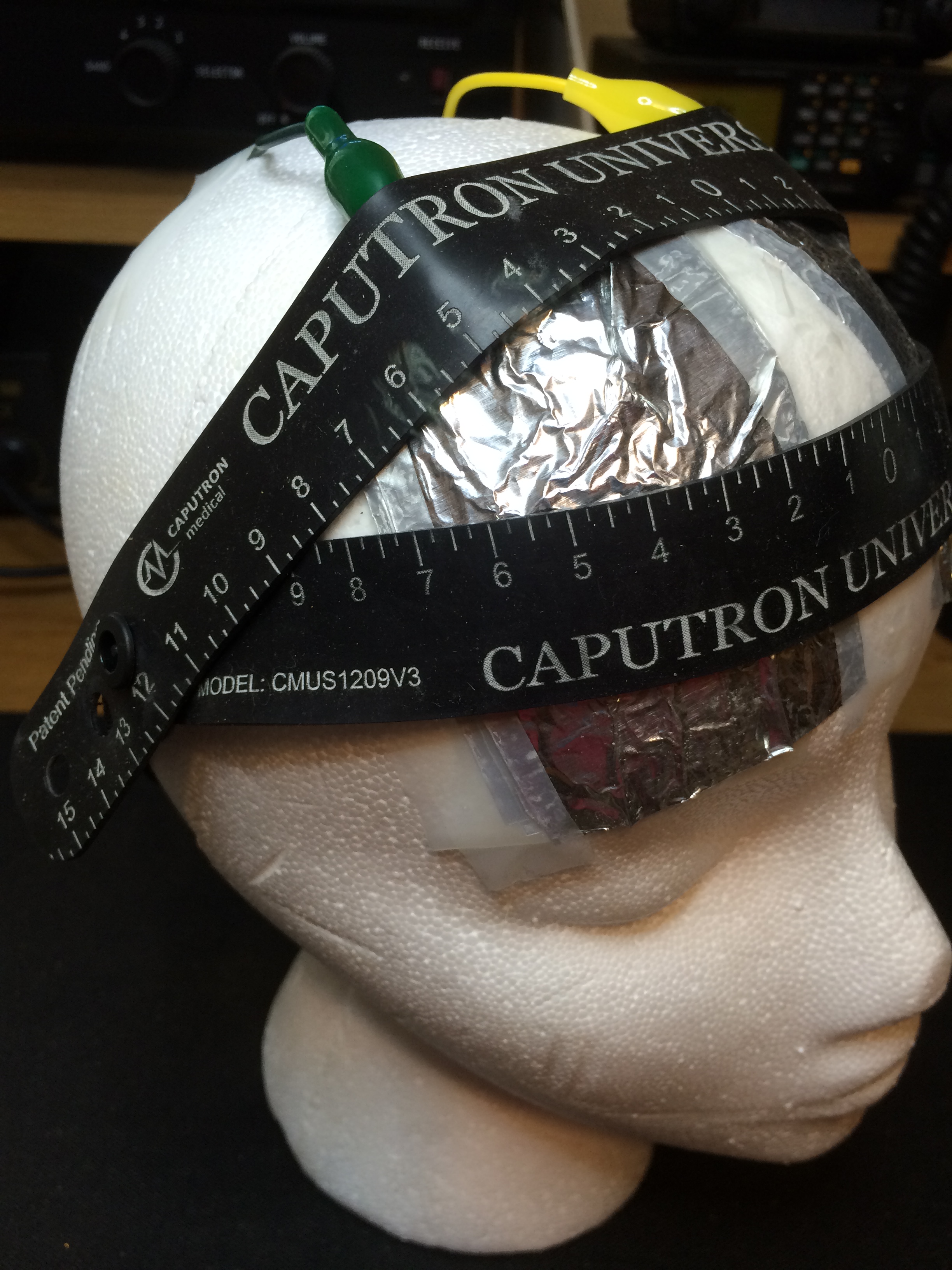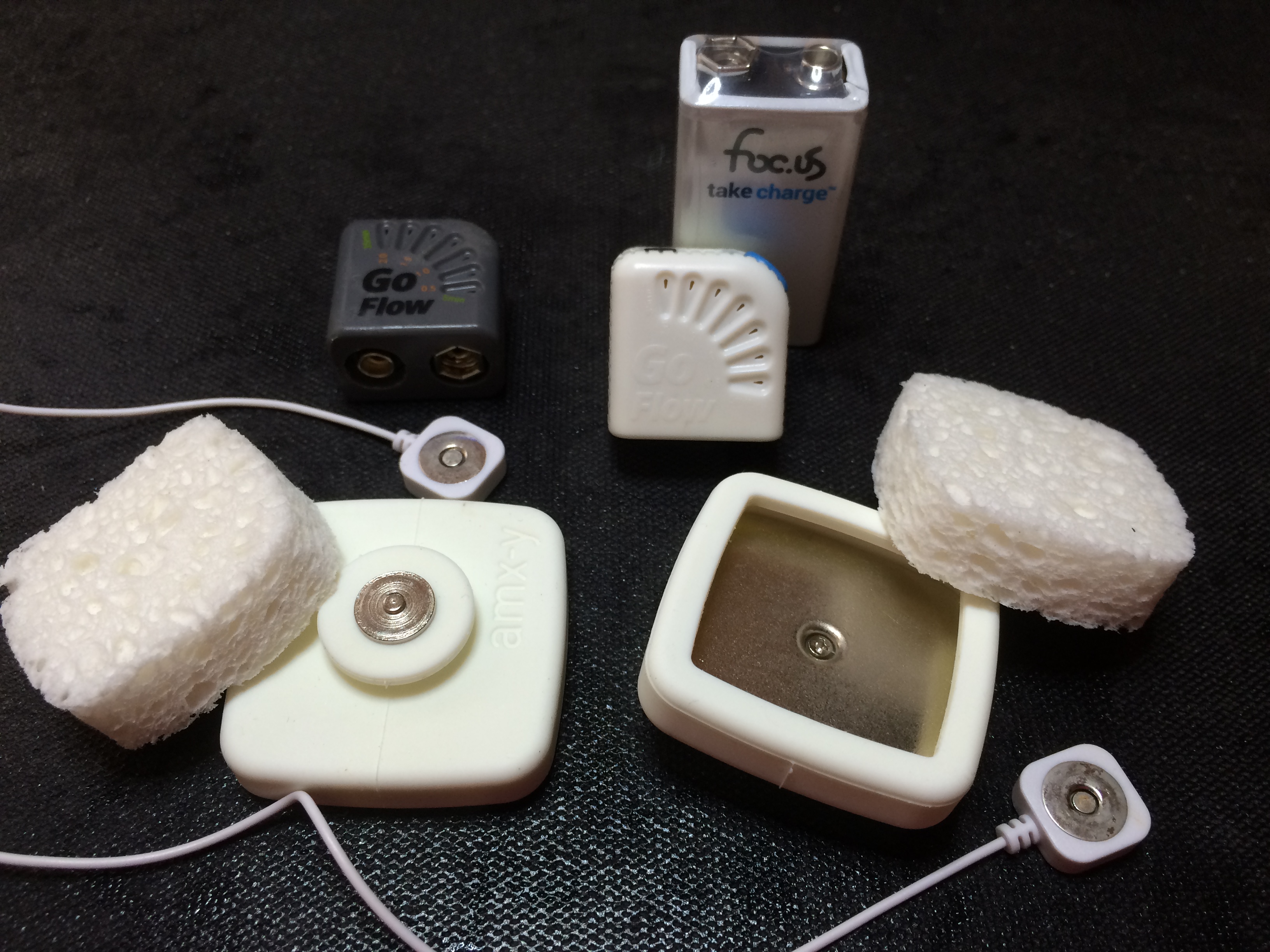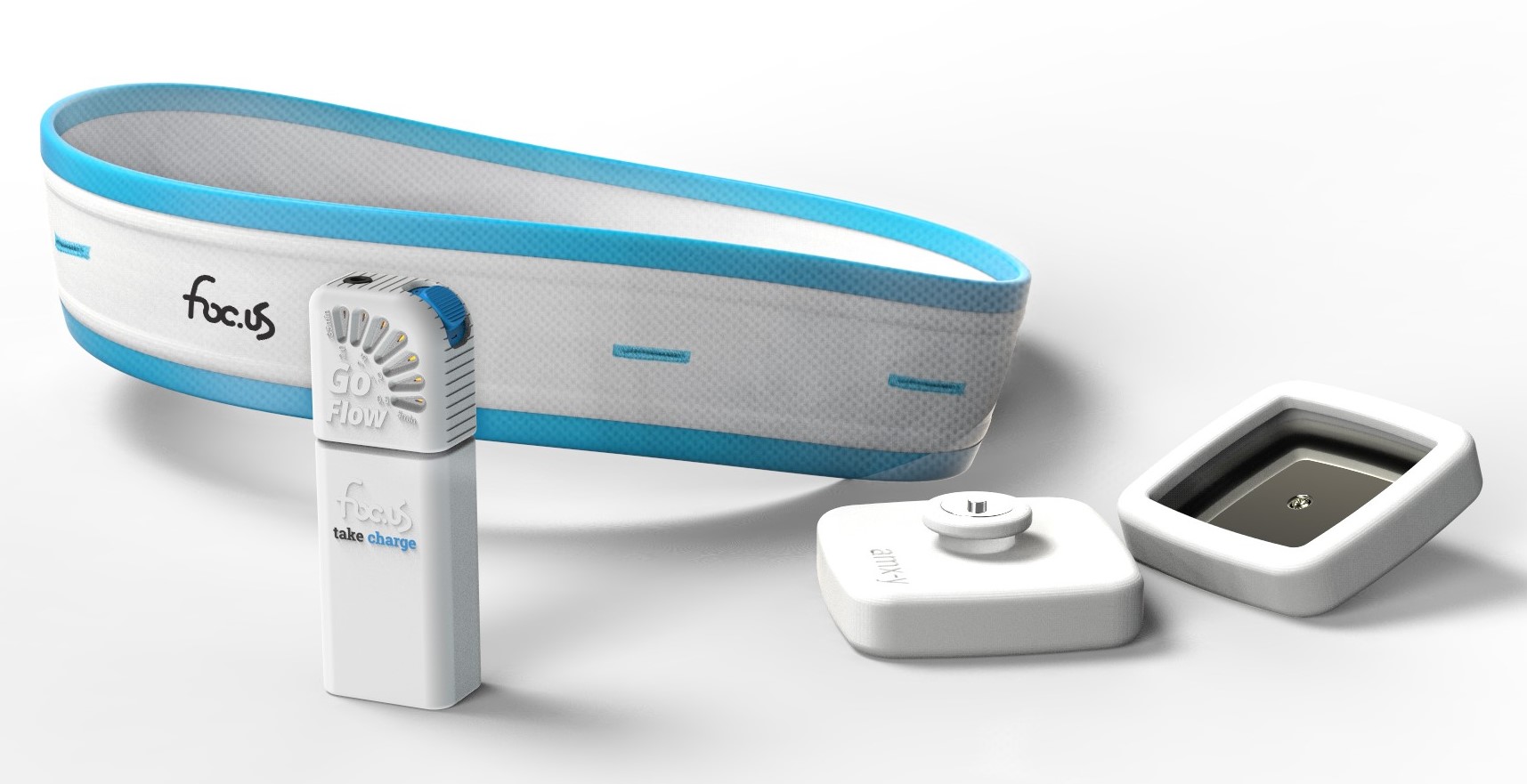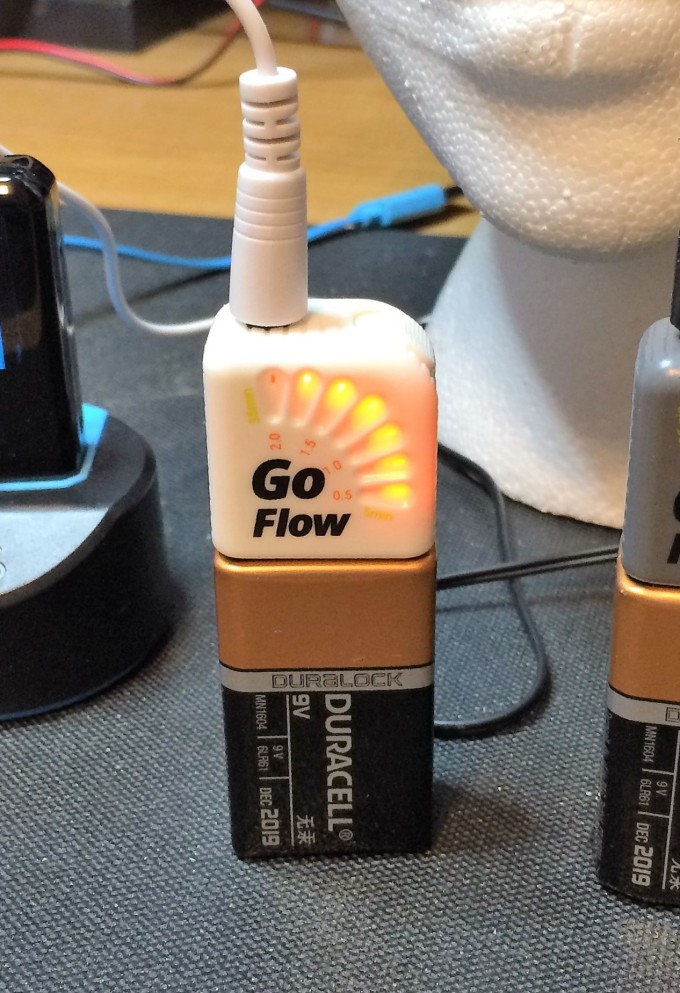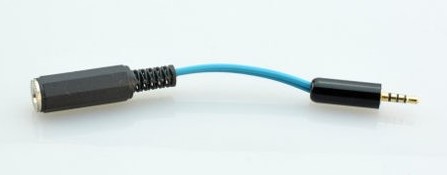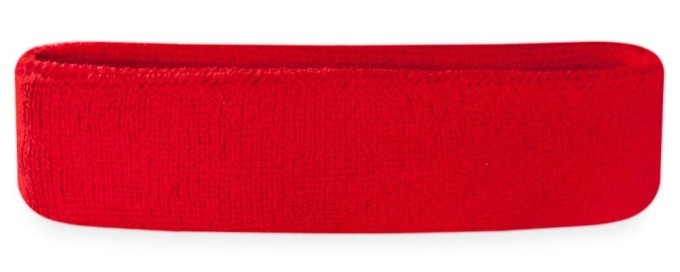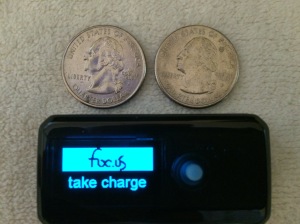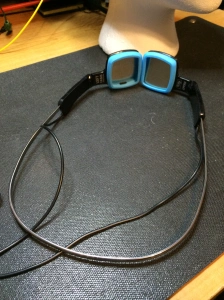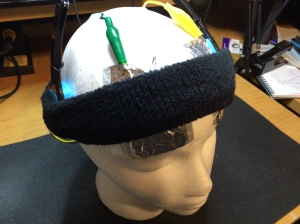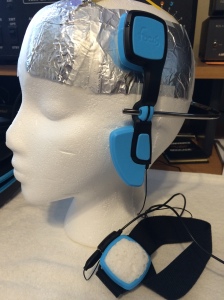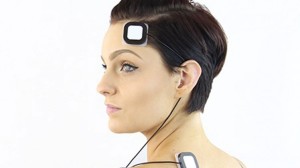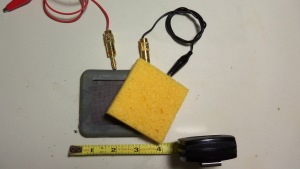Introduction: Why I Love tDCS
I’ve been involved with transcranial direct current stimulation (tDCS) research and application for almost three years now. When I stumbled upon it, I could not believe (like most of you) that something so simple could do so much good. A 9-volt battery curing depression, relieving chronic pain, improving memory, speeding learning, and much more – really?! It turns out to be true.

(The new SSD tDCS Device. see below)
I’ve provided information on tDCS to dozens of people (thousands via my blog) with an array of needs and interests who have had great success helping themselves improve their lives through tDCS. I could provide many examples, but here is one to illustrate my point:
A woman, (friend of the family), came to me describing deep, debilitating depression – to the point of becoming suicidal. Normally I would immediately refer such a person to Dr. James Fugedy, a tDCS practitioner in Atlanta – as I am a PhD, not MD. But she had already failed on other kinds of treatments via other doctors, including medication, talk therapy, and was at the end of her rope. She was very, very depressed – but wanted to get better – she just had no idea how to go about it.
I talked to her about tDCS and the published information that shows improvement for some challenging depression cases. I showed her how to use a tDCS device and where studies have shown electrodes should be placed for treating depression – but left it up to her to treat herself or not. She immediately started once-a-day 25 minute tDCS sessions (1.5 mA). Within five days her mood had lifted greatly and I think she had moved out of the suicide danger zone. She continued daily tDCS treatments for the next four weeks. As she did so, her depression fully lifted. She recovered so well that she felt motivated to enroll in a technical school to learn a new skill – and in her classes scored the highest on all tests (a side-effect of the tDCS?)
She now lives a normal, happy life (yes – with its ups and downs like anyone.)
Seeing people get their lives back in such a simple way, with no debilitating side-effects, has made me a cheerleader for tDCS.
Does it work for everyone? It won’t work for everyone – but what treatment (or pill) does? My observation is that tDCS works for those motivated and willing to consistently use it in the way research studies have shown it should be used. tDCS in combination with talk-therapy seems particularly well suited to treating depression – which in many has its roots in a brain dysfunction – not evil-spirits, selfishness, or a bad attitude as some suggest. By modifying the firing potential of the neurons in key portions of the brain it seems real healing can be achieved.
Review: New tDCS Device from SSD
Super Specific Devices has released a tDCS device that might be just right for that DIY tDCS person on your holiday shopping list (perhaps yourself!) The new tDCS device is a well-built variant of a DIY tDCS design that has floated around the internet for about two years now.
The Super Specific Devices (SSD) device offers solid performance, based on a 9 volt battery, and provides a feature I consider nearly essential – a meter that allows you to verify the current being delivered during your tDCS session. That is coupled with a potentiometer (dial) that allows you to vary current level, making it easy to set 1, 1.5, or 2 mA or anywhere in between. The user can also gently ramp current up and down using the dial – so discomfort and phosphenes are reduced or eliminated.

(Jack on the side for standard TENS style electrode cables)
What Comes in the Box
The SSD tDCS device is fully assembled and comes with a starter set of stick-on electrodes, a couple of sponges, a connecting wire, basic instructions, and a headband. The unit does not come with a 9 volt battery or any sort of an application manual. Like many of the US-based cottage-industry building tDCS devices, they leave it up to the purchaser to do their own research on the internet to decide what additional electrodes, electrode placements, etc. are appropriate to the purchaser’s situation. The intent is probably to keep the company off of the FDA’s radar as the SSD (and similar devices) are not marketed as medical devices – nor does the company provide medical advice.
Features
To use the SSD tDCS device, one needs to insert a 9 volt battery into the socket on the side of the unit, plug in and apply electrodes, and then use the power on-off switch and dial to operate the unit. To start a session, the dial should be rotated fully counter-clockwise (minimum current) and then switched on. An LED indicator just above the on-off switch will light to show that power is on. Assuming electrodes are in place, the user then begins rotating the dial clockwise, watching the meter for rising current level. Note that due to skin resistance, there is a lag between dialing in a higher current level and that level actually being achieved. It can take a couple minutes or more for current to rise to a set level and stop. An alternative is to turn the dial significantly clockwise and turn it back down as your desired current level is achieved.
On my sample unit, even with electrodes shorted and the dial set fully clockwise, the unit would not deliver more than about 2.7 mA. On the inside is an LM 334 current regulator and a series-connected current limiting diode that limits output current to 2.7 mA – as I found in my testing (good safety feature). This is a nice, simple, practical, current control setup that should prove reliable for many, many years.

(Good build quality. LM 334, CRD and resistors on small circuit board, solder joints were solid, wires nicely dressed.)
Another nice feature of the SSD tDCS device is having a jack on the side of the unit for electrode wire attachment – it’s the standard TENS size that lets you use a variety of connecting wires supplied by Amazon, medical supply houses, etc.
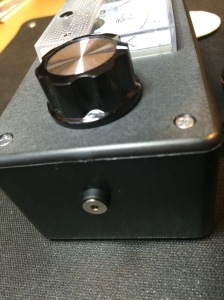
(Electrode wire jack and current adjustment knob can be seen here.)
What Would I Change?
I’ve built several tDCS devices using the same basic design of the SSD tDCS unit. So I’m very familiar with use, operation, and limitations of this type of device – and I’m allowed to nit-pick.
First, let’s be clear – it’s my opinion that this unit will operate as described by the company and will provide clean, regulated DC current for most common tDCS scenarios.
I happen to prefer using a type 23a 12 volt battery in my tDCS device designs. Why? 9 volts is sometimes insufficient to overcome losses in the electronics, electrodes, and skin to provide the desired 1, 1.5 or 2 mA used in tDCS sessions. In fact, 9 volts will probably not be sufficient if one of the electrodes is located on the shoulder or arm for a montage you wish to use. Sometimes a 12 volt battery will barely do it – but the additional 3 volts really seems to help. The downside of the type 23a battery is they don’t last long (2 or 3 months is normal with a lot of use.) But they, like 9 volt batteries (which last much longer in a tDCS device) are cheap (Amazon, Ebay.) I’m betting SSD went for long battery life (and easy availability of cheap batteries) in their design criteria.

( 9 v battery socket on the side. Aesthetically, it would be nicer to locate it inside the roomy box.)
By the way, many “commercial grade” tDCS devices use a voltage boost circuit that can raise delivered voltage to between 60 and 80 volts – as needed – to overcome skin and electrode resistance (like foc.us, Activa Dose II, and others). These boost circuits sometimes add discomfort for the user, increase device cost significantly, and so are not present in lower price tDCS devices like the one from SSD.
Summary
If you are looking for a well-built, inexpensive, tDCS device that includes a lot of good features (meter, adjustability, good current regulation and protection, and more) then this might just be the unit for you (or someone you know.) You’ll need to do your own research on tDCS, its appropriateness for your situation, tDCS safety, and the electrode placements that address your need. See any of the following as a starting point:
www.speakwisdom.com
www.diytdcs.com
www.transcranialbrainstimulation.com
www.pubmed.gov (search for tdcs)
…and Google search tDCS
The Super Specific Devices tDCS device sells for $90 at http://www.superspecificdevices.com/ Oddly it sells for a bit more on ebay.com (go to ebay, search for tDCS). SSD also sells the same unit with a digital display for $20 more if you prefer (at their web site and ebay).
Based on my evaluation and use of a sample unit, it’s my opinion that the SSD tDCS device (design, build, and features) is a good value.
